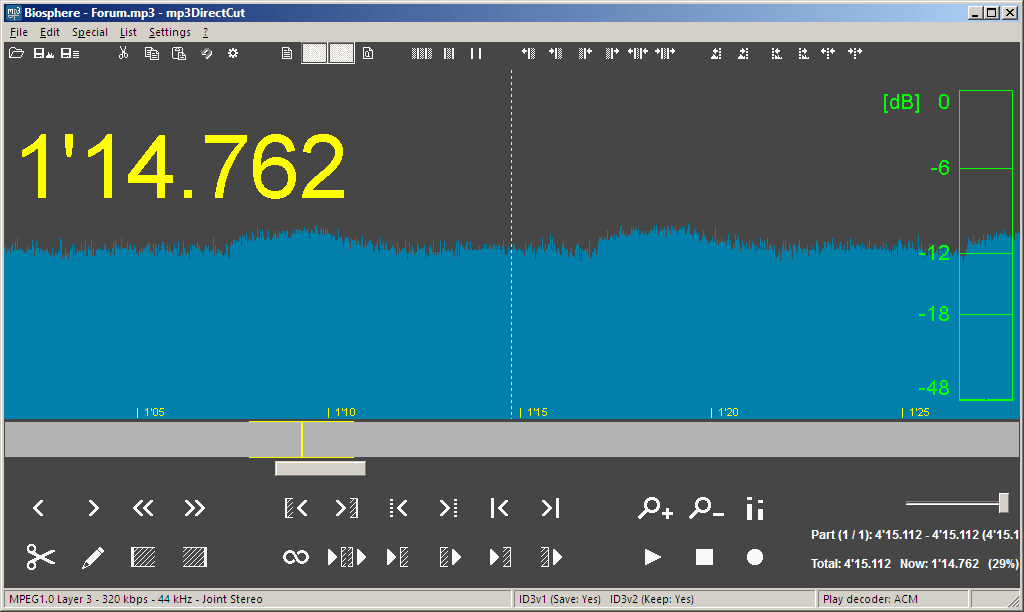


Some Windows versions requires WinPcap to be installed. Coloring rules can be applied to the packet list, which eases analysis.Hundreds of protocols are supported, with more being added all the time.Capture files compressed with gzip can be decompressed on the fly.Read/write many different capture file formats: tcpdump (libpcap), NAI's Sniffer (compressed and uncompressed), Sniffer Pro, NetXray, Sun snoop and atmsnoop, Shomiti/Finisar Surveyor, AIX's iptrace, Microsoft's Network Monitor, Novell's LANalyzer, RADCOM's WAN/LAN Analyzer, HP-UX nettl, i4btrace from the ISDN4BSD project, Cisco Secure IDS iplog, the pppd log (pppdump-format), the AG Group's/WildPacket's EtherPeek/TokenPeek/AiroPeek, Visual Networks' Visual UpTime and many others.Live capture and offline analysis are supported.The most powerful display filters in the industry.Multi-interface: Along with a standard GUI, Wireshark includes TShark, a text-mode analyzer which is useful for remote capture, analysis, and scripting.Multi-platform: Runs on Windows, Linux, OS X, Solaris, FreeBSD, NetBSD, and many others.Wireshark has a rich feature set which includes the following: Or, go to the Wireshark toolbar and select the red Stop button thats located next to the shark fin. Select File > Save As or choose an Export option to record the capture. Hundreds of developers around the world have contributed to it, and it it still under active development. Select the shark fin on the left side of the Wireshark toolbar, press Ctrl+E, or double-click the network. It is the continuation of a project that started in 1998. Wireshark is one of the world's foremost network protocol analyzers, and is the standard in many parts of the industry.


 0 kommentar(er)
0 kommentar(er)
